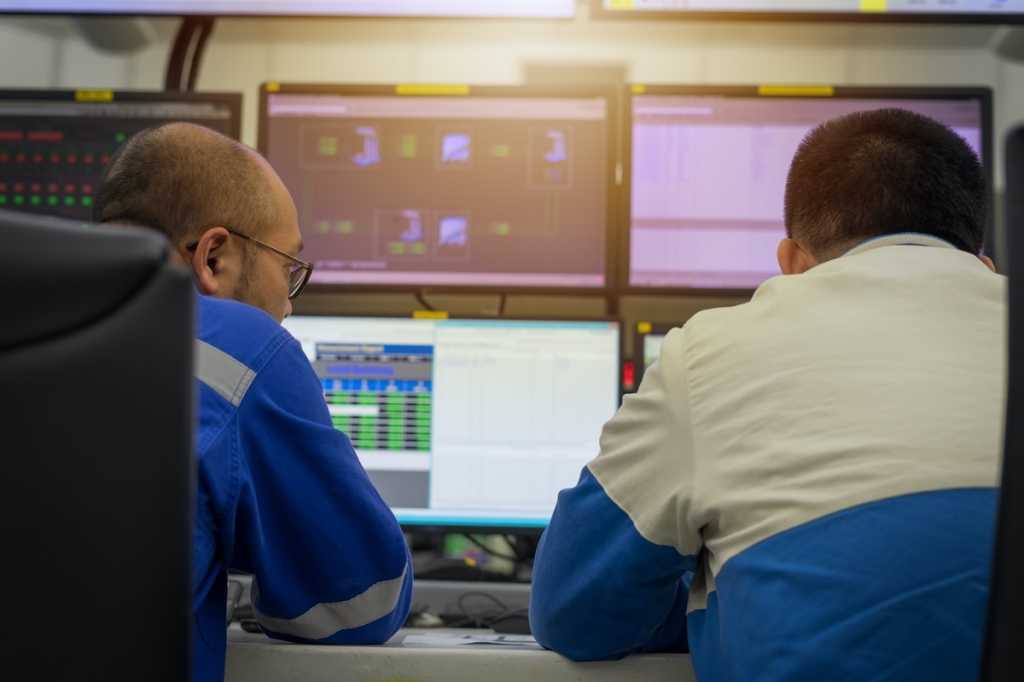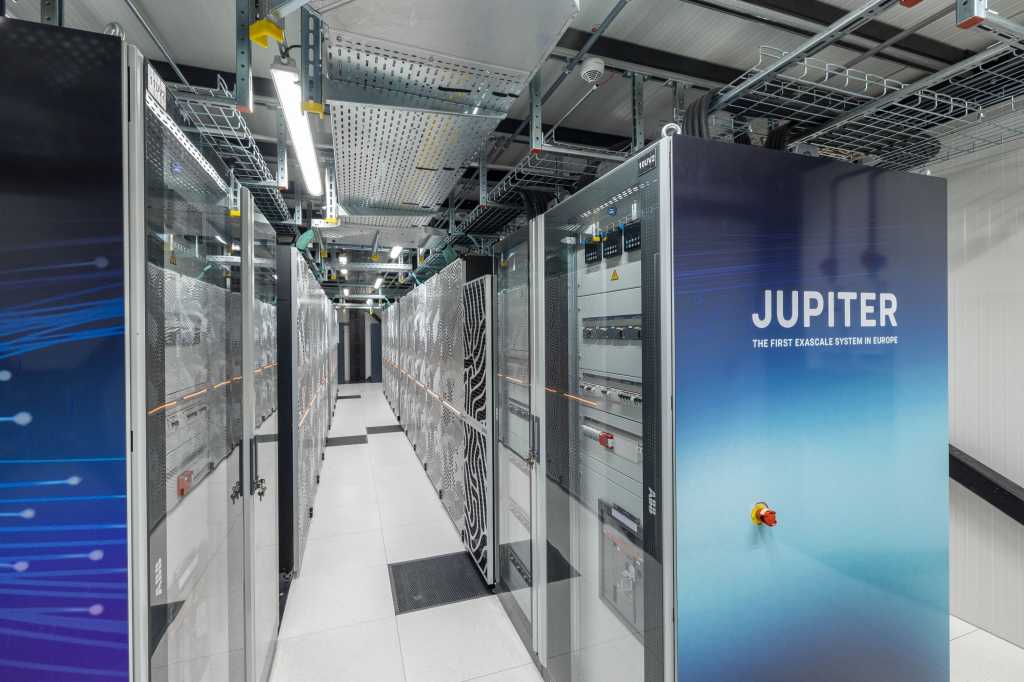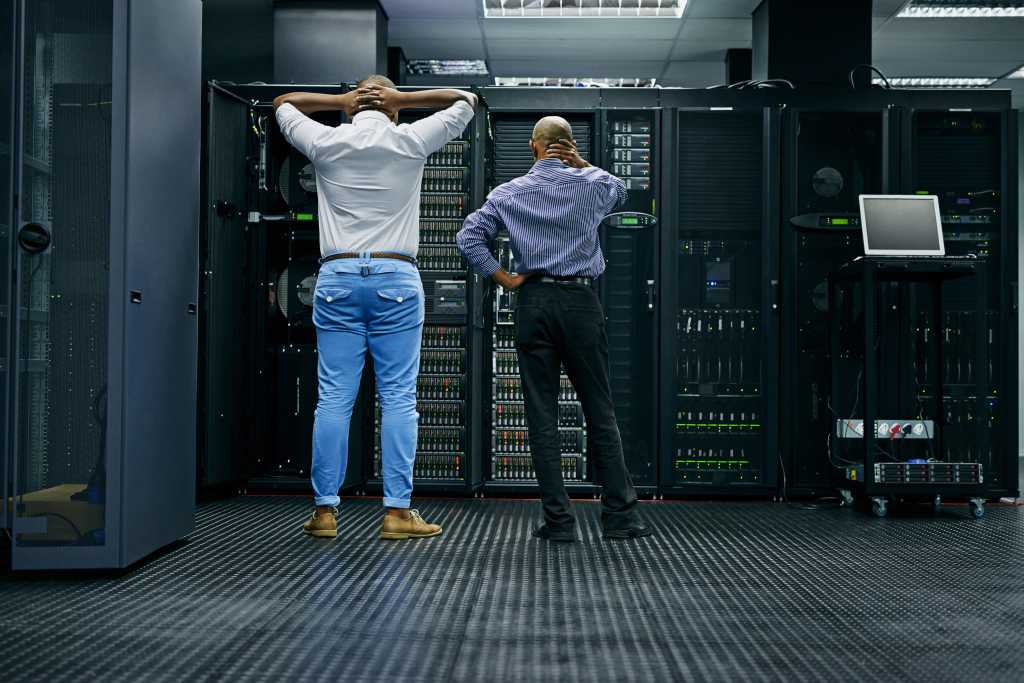
U.S. commercial crude oil inventories, excluding those in the Strategic Petroleum Reserve (SPR) decreased by 3.4 million barrels from the week ending November 7 to the week ending November 14, the U.S. Energy Information Administration (EIA) highlighted in its latest weekly petroleum status report.
This EIA report, which was released on November 19 and included data for the week ending November 14, showed that crude oil stocks, not including the SPR, stood at 424.2 million barrels on November 14, 427.6 million barrels on November 7, and 430.3 million barrels on November 15, 2024. Crude oil in the SPR stood at 410.9 million barrels on November 14, 410.4 million barrels on November 7, and 389.2 million barrels on November 15, 2024, the report highlighted.
Total petroleum stocks – including crude oil, total motor gasoline, fuel ethanol, kerosene type jet fuel, distillate fuel oil, residual fuel oil, propane/propylene, and other oils – stood at 1.680 billion barrels on November 14, the report revealed. Total petroleum stocks were down 2.2 million barrels week on week and up 47.1 million barrels year on year, the report showed.
“At 424.2 million barrels, U.S. crude oil inventories are about five percent below the five year average for this time of year,” the EIA said in its latest weekly petroleum status report.
“Total motor gasoline inventories increased by 2.3 million barrels from last week and are about three percent below the five year average for this time of year. Finished gasoline inventories decreased, while blending components inventories increased last week,” the EIA added.
“Distillate fuel inventories increased by 0.2 million barrels last week and are about seven percent below the five year average for this time of year. Propane/propylene inventories remained unchanged from last week and are about 16 percent above the five year average for this time of year,” the EIA continued.
U.S. crude oil refinery inputs averaged 16.2 million barrels per day during the week ending November 14, according to the EIA, which noted that this was 258,000 barrels per day more than the previous week’s average.
“Refineries operated at 90.0 percent of their operable capacity last week. Gasoline production decreased last week, averaging 9.3 million barrels per day,” the EIA said in the report.
“Distillate fuel production decreased by 116,000 barrels per day last week, averaging 4.9 million barrels per day,” it added.
U.S. crude oil imports averaged 6.0 million barrels per day last week, the EIA noted in its latest weekly petroleum status report. It outlined that this was an increase of 729,000 barrels per day from the previous week.
“Over the past four weeks, crude oil imports averaged about 5.5 million barrels per day, 16.1 percent less than the same four-week period last year,” the EIA said in its report.
“Total motor gasoline imports (including both finished gasoline and gasoline blending components) last week averaged 648,000 barrels per day, and distillate fuel imports averaged 88,000 barrels per day,” it added.
Total products supplied over the last four-week period averaged 20.6 million barrels a day, down by 0.2 percent from the same period last year, the EIA stated in its report.
“Over the past four weeks, motor gasoline product supplied averaged 8.8 million barrels a day, down by 1.2 percent from the same as the last year period,” the EIA noted.
“Distillate fuel product supplied averaged 3.8 million barrels a day over the past four weeks, up by 0.2 percent from the same period last year. Jet fuel product supplied was up 2.7 percent compared with the same four-week period last year,” the EIA continued.
Analyst Take
In a Skandinaviska Enskilda Banken AB (SEB) report sent to Rigzone by the SEB team on Thursday, SEB Commodities Analyst Ole R. Hvalbye noted that “U.S. crude stocks fell 3.4 million barrels last week to 424.2 million barrels, roughly five percent below the five-year seasonal average”.
“The draw came as refinery runs increased sharply: throughput rose 258,000 barrels per day to 16.2 million barrels per day, lifting utilization to 90 percent,” he added.
“Crude imports also rebounded, rising 729,000 barrels per day to 6.0 million barrels per day, though the four-week average remains 16 percent below last year,” he continued.
In the report, Hvalbye noted that product inventories moved in the opposite direction.
“Gasoline stocks rose 2.3 million barrels (now … three percent[-ish] below normal), while distillates increased by 0.2 million barrels (…seven percent [-ish] below the five-year average),” he said.
“Propane was unchanged and remains well above norms. Total commercial petroleum inventories declined 2.7 million barrels, reflecting the crude draw but offset by product builds,” he added.
Hvalbye also highlighted in the report that, “on the demand side, product supplied averaged 20.6 million barrels per day”, which he pointed out was “essentially flat year on year”.
“Gasoline demand slipped 1.2 percent year on year, distillates were marginally higher, and jet fuel continued to outperform with a 2.7 percent year on year increase,” he added.
“Overall, the report shows a tighter crude balance due to higher refinery activity, but softer product demand and rising gasoline/diesel inventories,” he continued.
Macquarie Forecast
In an oil and gas report sent to Rigzone late Monday by the Macquarie team, Macquarie strategists revealed that they were forecasting that U.S. crude inventories would be down by 3.0 million barrels for the week ending November 14.
“This follows a 6.4 million barrel build in the prior week, with the crude balance realizing relatively close to our expectations,” the strategists said in that report.
“For this week’s balance, from refineries, we model a small increase in crude runs (+0.1 million barrels per day) following a strong print last week. Among net imports, we model a large reduction, with exports (+1.5 million barrels per day) and imports (+0.5 million barrels per day) higher on a nominal basis,” they added.
The strategists warned in that report that “timing of cargoes remains a source of potential volatility in this week’s crude balance”.
“From implied domestic supply (prod. +adj.+transfers), we look for a reduction (-0.3 million barrels per day) on a nominal basis this week. Rounding out the picture, we anticipate a smaller increase (+0.5 million barrels) in SPR stocks this week,” the strategists said.
Also in the report, the strategists noted that, “among products”, they “again look for draws in gasoline (-1.1 million barrels) and distillate (-1.5 million barrels), with jet stocks up (+1.8 million barrels)”.
“We model implied demand for these three products at ~14.1 million barrels per day for the week ending November 14,” they added.
In its previous weekly petroleum status report, which was released on November 13 and included data for the week ending November 7, the EIA highlighted that U.S. commercial crude oil inventories, excluding those in the SPR, increased by 6.4 million barrels from the week ending October 31 to the week ending November 7.
That EIA report showed that crude oil stocks, not including the SPR, stood at 427.6 million barrels on November 7, 421.2 million barrels on October 31, and 429.7 million barrels on November 8, 2024. Crude oil in the SPR stood at 410.4 million barrels on November 7, 409.6 million barrels on October 31, and 387.8 million barrels on November 8, 2024, the report highlighted.
Total petroleum stocks – including crude oil, total motor gasoline, fuel ethanol, kerosene type jet fuel, distillate fuel oil, residual fuel oil, propane/propylene, and other oils – stood at 1.682 billion barrels on November 7, that report revealed. Total petroleum stocks were up 3.3 million barrels week on week and up 53.7 million barrels year on year, the report showed.
To contact the author, email [email protected]






















